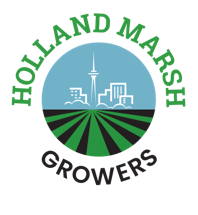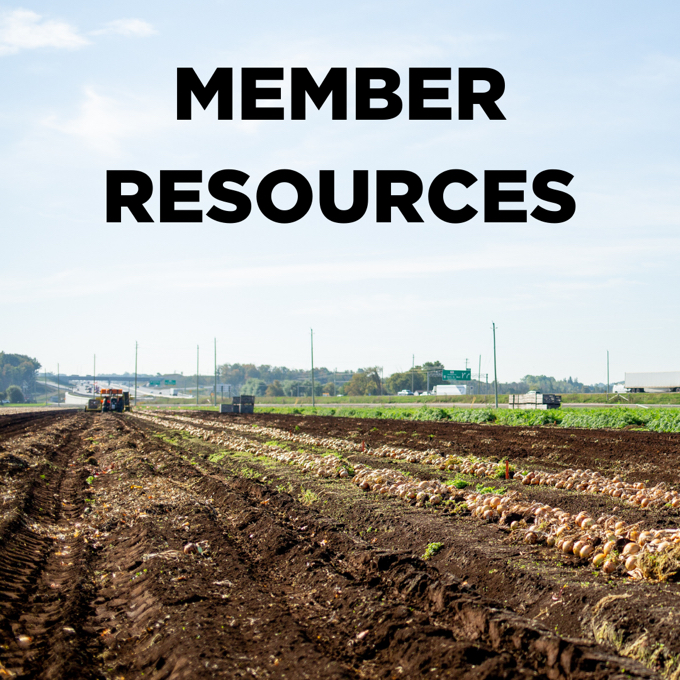Welcome to the Holland Marsh Growers' Association
The Holland Marsh: Who We Are
7,000 acres of prime agricultural land
125 farms
60 + crops
We are ‘The Marsh’
The History Runs Deep
The area now known as the Holland Marsh was originally simply a regular marsh. In the early 1900’s the grasses were harvested for mattress stuffing and the peat was burned as a heat source. William Day, a professor at the Ontario Agricultural College, led the project to drain the area beginning in 1925. The process began with soil analyses and successful growing tests to prove the viability of the idea. The 28 kilometers of canals were dug to divert the Holland River around the area and the water flows are controlled through a series of pumps. The soil that remains is some of the most fertile in the country, able to support a wide variety of crops. Both the marsh and river are named after the first Surveyor General of Upper Canada Major Samuel Holland. There exists another 2,500 acres around the Marsh that are recognized as prime agricultural land; this includes several other areas like the Keswick, Cookstown, and Colbar Marshes. In 2004 the Holland Marsh was designated a Specialty Crop Area in Ontario’s Greenbelt Plan and is commonly referred to as the ‘salad bowl of Canada’.
The number of farms grew from the original 18 families in the 1930’s to almost 350 farms in the late 1970’s. Amalgamation of operations due to changing farming practices has increased the farm size while decreasing the number of farms to 125 today.
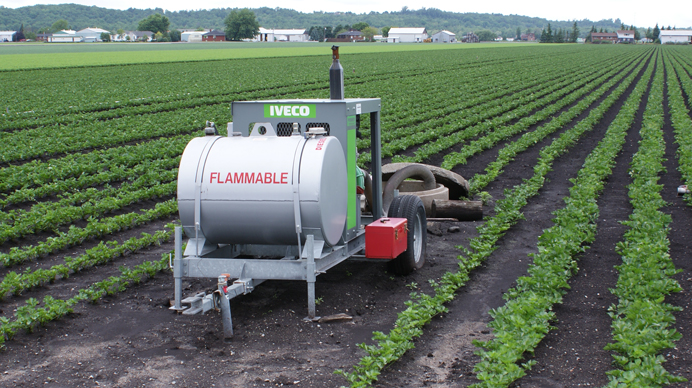
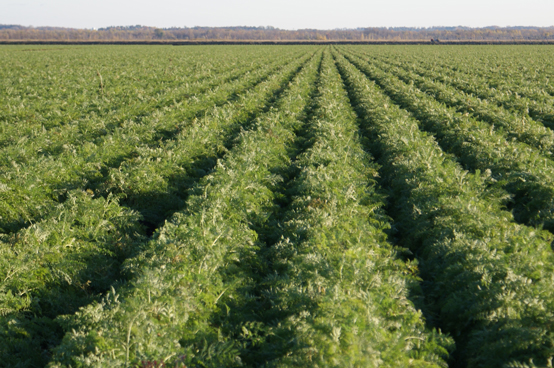
Growers, Packers, Shippers
The annual value of the carrots grown in the Marsh is estimated at $130 million, the onions are worth $160 million, and the salad greens are worth $160 million. The Marsh grows enough carrots that each Canadian can eat four pounds of Marsh carrots every year. Approximately 90% of all Asian vegetables eaten in Ontario are grown in the Marsh. Greenhouses produce vegetables and ornamental flowers year-round. It’s estimated that the Marsh has a total economic impact of over $1 billion each year between the farm-gate value of the vegetables, packaging, processing, and transportation.
Good Neighbours
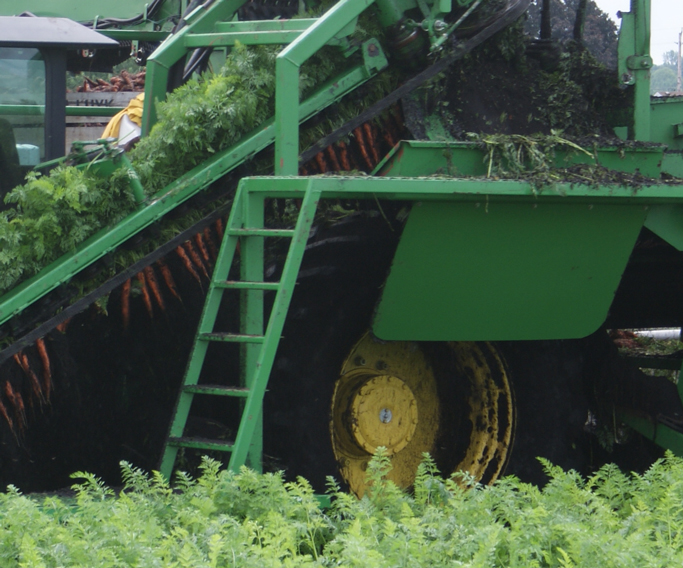
Your Neighbour
Located just 40 km north of Toronto’s CN Tower, the Marsh is that stretch of black soil and green fields many people pass through as they drive on Highway 400. You may have watched the crops grow or the irrigation systems spray water while you were driving north during the summer. You may have seen the tractors and equipment in the fields as you commuted to the south. Nestled between the communities of Bradford, Newmarket, and Schomberg and sitting on the border between King Township and Bradford West Gwillimbury, it sits protected in the Greenbelt. This crown jewel of agricultural production is located right in your backyard.
